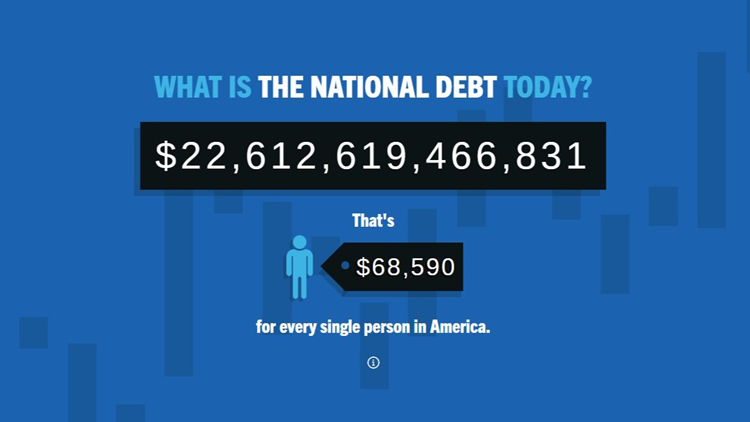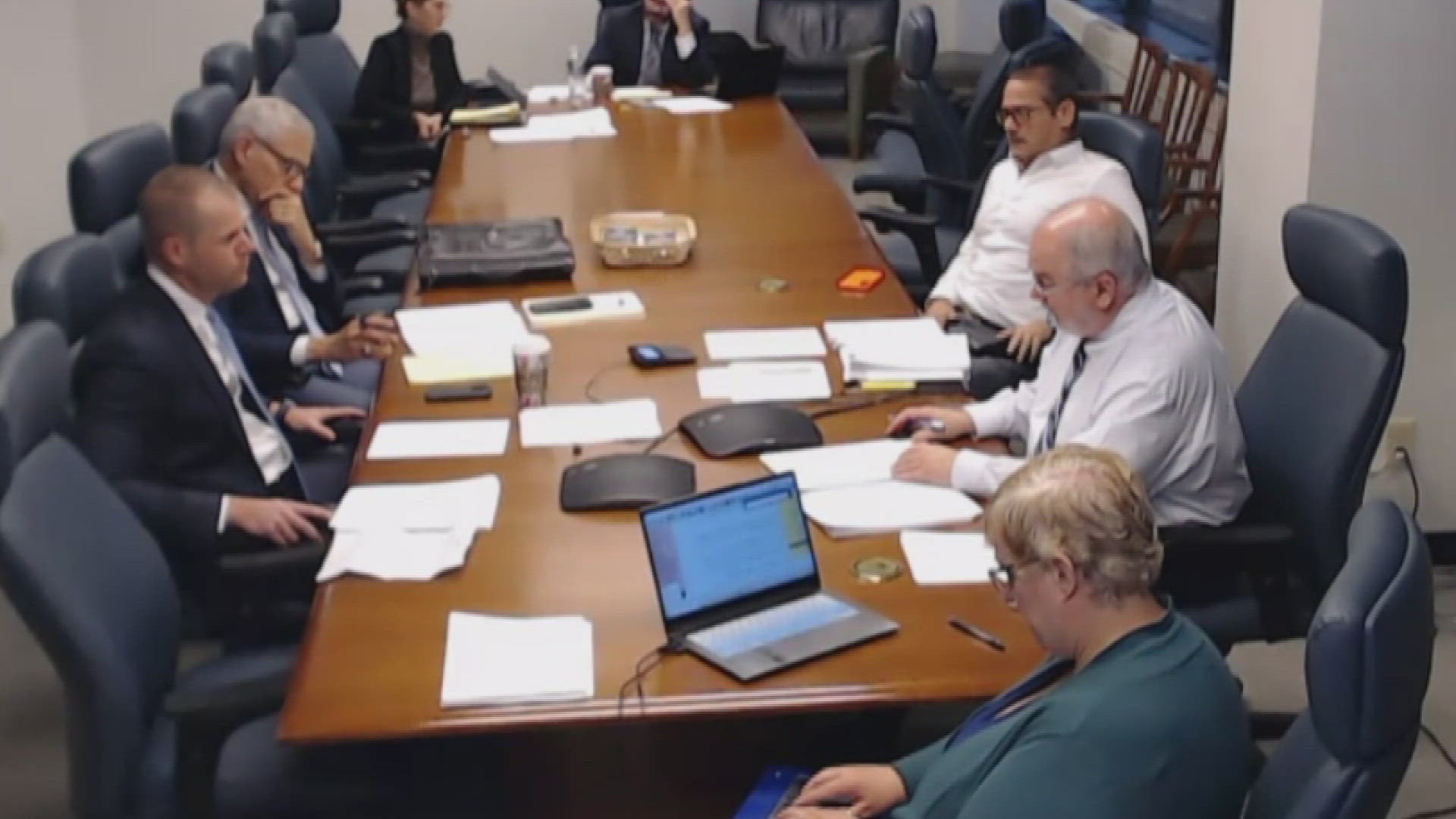CLEVELAND — The Peterson Foundation, a non-profit, nonpartisan organization is trying to raise awareness in Cleveland about the growing problem of our nation's $22 trillion dollar national debt as the countdown to the 2020 election continues.
On Monday, the foundation launched a national debt clock billboard in Cleveland, which continuously gives the total national debt as well as each American's share of the debt, which is approximately $68,000.
The Cleveland debt clock can be found off of I-77 and near the intersection of E. 49th Street and Hamm Avenue.
This initiative is part of the Peterson Foundation’s ongoing commitment to educate and engage Americans on fiscal and economic issues, and is aimed at sparking a discussion on the importance of fiscal sustainability in building a brighter future for the nation.
“America’s $22 trillion national debt isn’t just an issue for lawmakers in Washington, D.C., it affects everyone across the country and especially younger generations,” said Michael A. Peterson, CEO of the Peterson Foundation. “Our goal is to help voters understand the magnitude of our debt challenge and what’s at stake for their economic future. We’re reaching out to Americans where they live to start a conversation about the importance of managing our debt so that we can build a stronger future for our children and grandchildren.”
According to the Peterson Foundation, debt is growing faster in the United States than anywhere else in the world, and is at its highest level since just after World War II. Interest on the debt is the fastest growing category of the budget, and is already more than $1 billion per day. Net interest on the debt is projected to total nearly $6 trillion over the next decade.
Also starting next year, the government will spend more on interest than children, and soon will spend nearly as much on interest as on national defense.
In addition to the clocks, the Foundation is also launching an online resource, www.pgpf.org/national-debt-clock, to add context and depth to the debt challenge, outlining the main drivers of the nation’s fiscal imbalance and how rising interest costs threaten the country’s ability to invest in the future.



